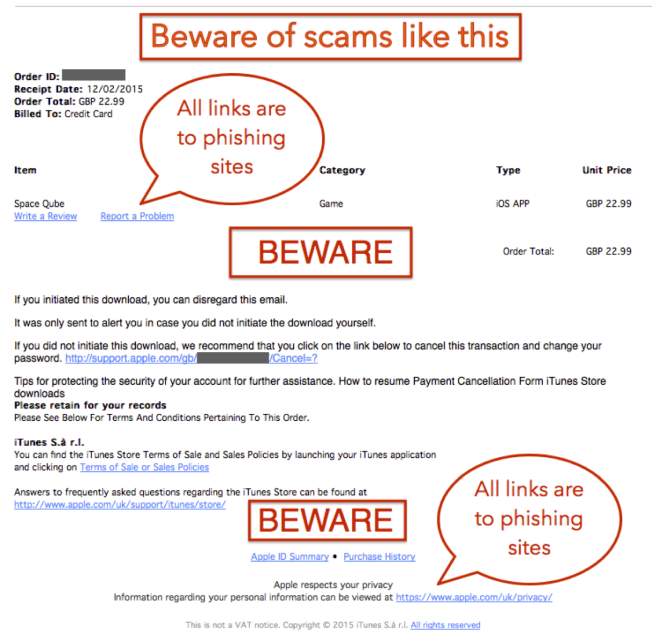

Send us the original spoofed email, with the complete header information, using our report phishing form.” Click here for information on how to report something suspicious to Amazon.

That said, one universal theme about Amazon scams is that fraud artists are using the digital retail platform in creative ways to. As part of our ongoing commitment to stop spoofing, you can help us investigate spoofed emails. There is no one, single Amazon scam that rules them all. These lawsuits began with sellers alerting Amazon to suspicious emails. As e-commerce and mobile app payments have become part of modern life, the threat of Amazon scams is never far away. The company also says, “Amazon has filed several lawsuits against phishers and spoofers. The email is an illegitimate confirmation receipt enticing the receiver to click the link opening a zipped malicious JavaScript file. According to the Federal Trade Commission (FTC), reports of Amazon scams increased by 500 between June 20, with victims losing more than 27 million to scammers. Often these emails direct you to a false website that looks similar to an Amazon website, where you might be asked to give account information, such as your email address and password combination.” Other reported examples include Bose stereos, iPhones. These false emails, also called “spoofed” emails or “phishing,” look similar to legitimate emails from Amazon. In one example below, the scam email claims recipients have ordered an expensive vintage chandelier. Instead, such emails are falsified and attempt to convince you to reveal sensitive account information. However, sometimes you might receive emails that are not really from Amazon, even if at first glance they may appear to be. Amazon’s website says: “ You might receive emails from Amazon, such as Sold, Ship Now emails or Technical Notification emails.


 0 kommentar(er)
0 kommentar(er)
